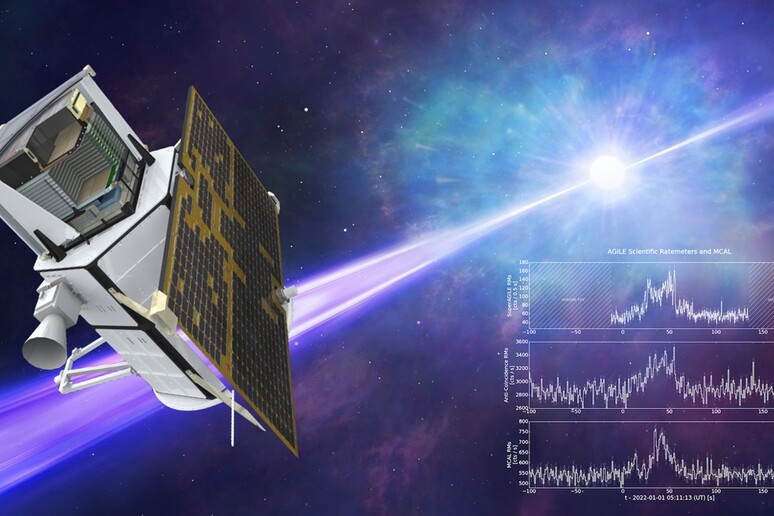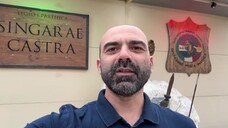The mission of Agile, the satellite of the Italian Space Agency (Asi) that in nearly 17 years of activity has observed a wide range of galactic and extra-galactic gamma-ray sources coming from neutron stars, the remnants of supernovae explosions and black holes, has come to an end.The National Institute of Astrophysics, the National Institute of Nuclear Physics (Infn), Italian universities and industry with OHB Italia, Thales Alenia Space, Rheinmetall and Telespazio all contributed to the mission, which resulted in 160 scientific papers being published."Agile can be considered a record-breaking mission not only for its duration of almost 17 years in orbit, but also for the important scientific results obtained," said Asi President Teodoro Valente.
Over the years, the observations made by the satellite were received on the ground by the station at the Asi Luigi Broglio Space Centre in Malindi, Kenya, and the data were then relayed to the Telespazio Control Centre and then to the Asi Space Science Data Centre in Rome, which is responsible for all scientific operations.
"Agile has gifted us many surprises and major scientific discoveries, the result of the ingenuity and enormous effort of all those who first saw it evolve and then launched into orbit," said Marco Tavani, president of Inaf.
"We are proud to have contributed to the heart of this success with the silicon-tungsten tracer of the Gamma Ray Imaging Detector, the core of Agile's main detector," said Antonio Zoccoli, president of Infn.
Riproduzione riservata © Copyright ANSA













